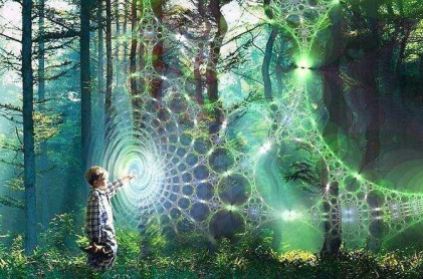In a very interesting Science article a few weeks ago, Georgina Mace highlighted how Conservation Biology has been going through phases in the way of seeing the conservation of nature. There are many interesting aspects to this paper, starting by the evolution of the place of people in conservation: nature for itself, nature despite people, nature for people and then nature and people. An aspect that interests me a lot and that has been the focus of much debate in the past is whether we should maintain theses species oriented conservation programmes, when what really matters is habitats, or ecosystems. True, conserving species is meaningless if they don’t have a habitat to live in. Also, conserving ecosystems allows to protect many, many species together, as well as the processes and interactions among them. Plus, money is a finite resource, so conserving species per species means choosing which ones are going to be the target of conservation programmes, and which ones are going to be let for extinction; a modern version of war-wounded triage.
This prompted a famous naturalist to call for the end of pandas, because we are wasting millions of conservation money on them, probably hopelessly, while those millions would better serve entire communities of (less charismatic) species. Dude, he even said that he would eat the last panda if he could have back the money spent on them, to use for more sensitive purposes. Despite the questionable culinary taste (the guy is British), he has a very valid point. The only reason the pandas are getting so much money for conservation, despite being probably doomed since decades, is that they are cute, large mammals. They rock, so we can’t really abandon them, can we? Or at least we can’t appear like we’ve not attempted everything, even if it means performing mouth-to-mouth resuscitation attempts for thirty more years? Nah. Those millions could have already saved species that stand a chance, or protect entire biodiversity hotspots.
You can’t deny that pandas rock
True. But there is another aspect to this problem, that I never see pointed out but that I consider essential emphasizing. Pandas rock. (yeah, I know I said it already). Therefore, people love them. They watch vines of them sneezing adorably on their babies or crashing stupidly from slides, they make funny commercial, video games and cartoons out of them or even disguise their dogs in panda-looking absurdities. And because of that, people don’t want to see them erased from the surface of the Earth. And I don’t blame them, even if pandas have become too lame to reproduce. People don’t want to give up this lost fight, because people care (a tiny bit) about Nature and biodiversity. And people care (a tiny bit) because they had a strong symbol in front of them. Had the WWF given them a slug or a spider as a symbol, I doubt it would have worked as well. Had they rather chosen as a symbol the beautiful hilly bamboo forests that are the habitat of pandas, people wouldn’t even have looked up from their smart phone for a second. The panda raises awareness. It plays a crucial role in conservation, and is it therefore justified to spend millions to save it. And to advertise this expenditure broadly.
So you see, it’s true that it’s unfair that charismatic species get most of the attention in Conservation Biology, but we still need to realise that if it weren’t for pandas, tigers, gorillas and dolphins, nobody would give a damn (even a tiny bit) about conserving nature. That’s life. Just like the pretty cheerleaders are the only reason Europeans could ever be interested in American Football. Unfair, but sheer reality.






















New Zealand has many endangered species, mostly birds. Luckily it’s been possible to establish habitats for them on offshore islands. None are as cute as the panda but they have a huge appeal here. The problem, as always, is funding.
LikeLiked by 1 person
And the “real” problem is often the human species and sometimes other introduced species.
LikeLike
if only they had more panda-birds… http://es.glee.wikia.com/wiki/Archivo:Panda-bird-400×339.jpg
LikeLiked by 1 person